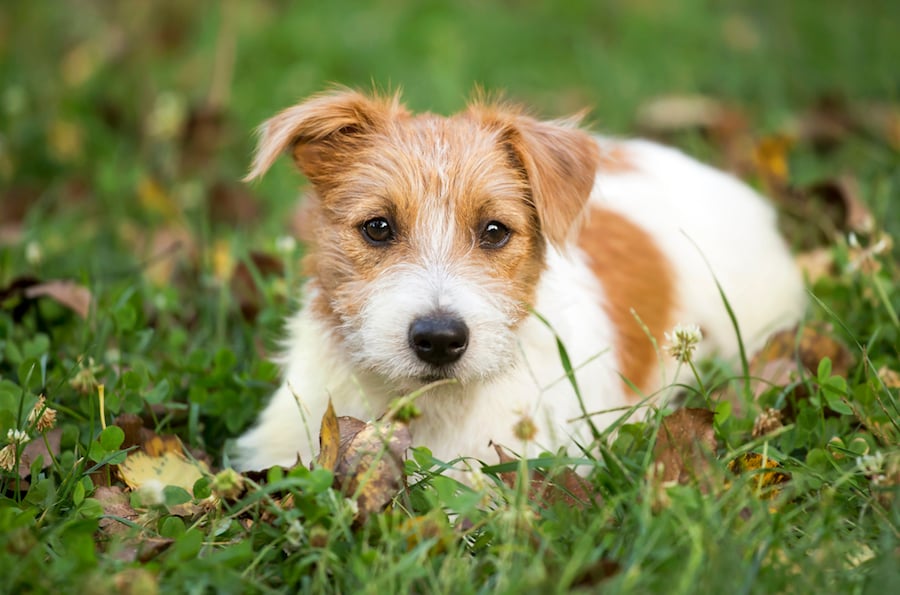8 bizarre facts you never knew about dogs
No other animal inspires the same devotion as the dog (sorry, cat people), and there’s any number of reasons why dogs are, at least by number of households, the most popular pets in the world.
Here are a few fantastical facts about man’s best friend…
1. Dogs can be genuinely selfless
American humorist Josh Billings once described dogs as “the only things on Earth that love you more than you love yourself”, and the science seems to back him up. A 2015 study found dogs to be one of a handful of “prosocial” animals, meaning they show willingness to help others even when there is no overt benefit for them.

2. Their noses work up to 100,000 times better than ours
It’s well known that dogs can sniff out everything from drugs to missing persons (as well as, potentially, Covid-19), and it’s hard to overstate just how powerful the canine nose can be. A dog’s nasal receptors are between 10,000 and 100,000 times stronger than a human’s – so potent that they can pick up some scents in parts per trillion.
Of course, not all noses are created equal, and it’s hardy surprising that the snout of a bloodhound is more attuned than that of a pug.
3. Dogs were the first animals ever domesticated
Despite the apparent risks, the first animal man ever tamed was not a docile herbivore, but a now-extinct species of predatory wolf. Studies disagree on how, where and how many times this happened, but they’re unanimous that it was a very, very… very long time ago.
Dogs have been domesticated for so long that they have actually co-evolved with humans – to understand us and build relationships with us as few animals can. Historically, it is entirely accurate to say dogs are man’s best friend,

4. Dogs have three eyelids
Beneath the two visible eyelids lies a pink membrane which adds an extra layer of protection from dryness and dust. Technically termed a ‘nictitating membrane’, being able to see said membrane is usually a mark of ill health, and should result in an immediate trip to the vet.
5. A single rescue dog saved 40 people back in the 1800s
For centuries dogs have played a vital part in mountain rescue, and in the Swiss Alps, Barry the St Bernard lives in legend and song. Nicknamed ‘der Menschenretter’ (literally ‘the people rescuer’), Barry was an active sniffer dog during the 1810s, and saved approximately 40 people from his home in a monastery-turned-hospice on the lower Alpine slopes.
Barry retired after 12 years of service, and was preserved by a taxidermist after his death. He remains on display at the Natural History Museum of Bern, and has his own monument in the Cimetière des Chiens (cemetery of dogs) in Paris.

Laika, the Soviet space dog
6. Dogs went into space before people did
In 1957 a canine cosmonaut named Laika, a mongrel off the streets of Moscow, became the first living thing to enter orbit aboard her Russian space capsule Sputnik 2. Fruit flies, mice, and a rhesus monkey named Albert had previously crossed the Karman Line, but none had orbited Earth, and it would be another four years before humans followed suit.
Unfortunately, no space agency then knew how to safely de-orbit a spacecraft, and Laika was never expected to survive the mission. In 2008, Russian officials erected a monument to her memory at the Moscow military facility at which she prepared for her voyage.
7. Dogs are about as clever as a toddler
‘Sit’, ‘stay’, and ‘roll over’ are well-established canine vocabulary, but according to research from 2009, the typical dog has a lexicon of more than 150 words – roughly the same number as a two-year-old child.
According to the research, border collies came top of the smart charts, followed by poodles and German shepherds. Normal dogs knew 165 words, while so-called “super dogs” – dogs in the top 20% of canine intelligence – could learn up to 250.

8. Dogs can be mind-bogglingly loyal
Consider the melancholy tale of Hachiko, a Japanese Akita born in 1923 who would rush to meet his owner at Tokyo Imperial Station every day as he returned from work. When his owner died of a brain haemorrhage, Hachiko waited at the station nonetheless – every day until his death nearly ten years later.
His ashes were interred beside his master’s in Aoyama Cemetery, and the faithful hound is remembered to this day, through a bronze statue in Tokyo’s Shibuya Station, plus American and Japanese film adaptations of his life.
The Press Association
Latest posts by The Press Association (see all)
- Best places to see bluebells this spring - April 2, 2025
- Does sunscreen expire? Everything you need to know about SPFs - April 2, 2025
- Top Gun and Batman star Val Kilmer dead at 65 - April 2, 2025
- Actor Richard Chamberlain dies aged 90 - March 30, 2025
- 5 new books to read this week - March 26, 2025






















